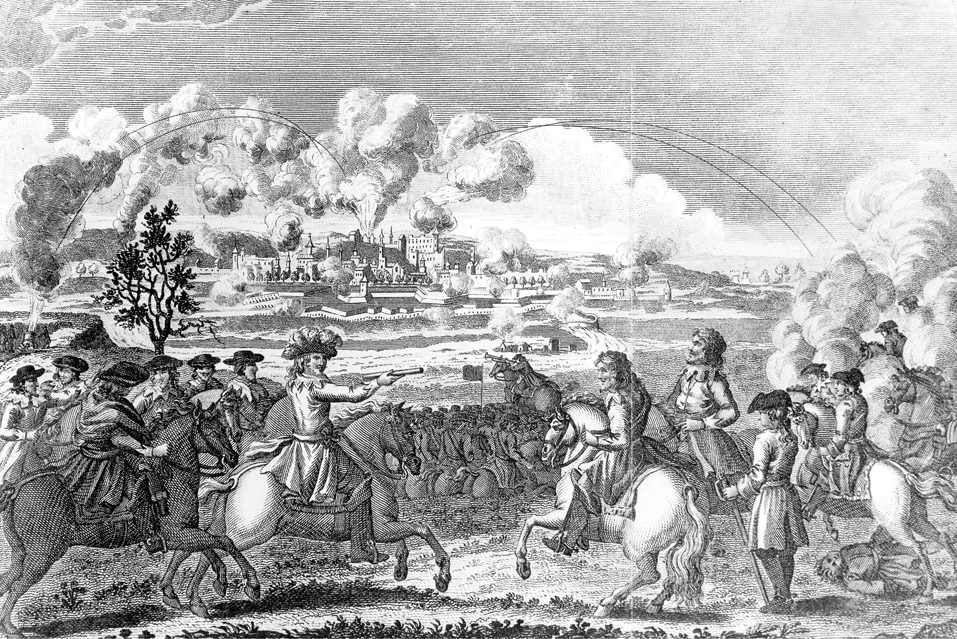A History of World Societies:
Printed Page 536
A History of World Societies Value
Edition: Printed Page 538
The Puritan Protectorate
With the execution of Charles, the monarchy was abolished. The question then became how the country would be governed. One answer was provided by philosopher Thomas Hobbes (1588–
Hobbes’s longing for a benevolent absolute monarch was not widely shared in England. Instead a commonwealth, or republican government, was proclaimed. Theoretically, legislative power rested in the surviving members of Parliament, and executive power was lodged in a council of state. In fact, the army that had defeated the king controlled the government, and Oliver Cromwell controlled the army. Though called the Protectorate, the rule of Cromwell (1653–
On the issue of religion, Cromwell favored some degree of tolerance, and the Instrument of Government gave all Christians except Roman Catholics the right to practice their faiths. Cromwell had long associated Catholicism in Ireland with sedition and heresy, and he led an army there to reconquer the country in August 1649. Following Cromwell’s reconquest, the English banned Catholicism in Ireland, executed priests, and confiscated land from Catholics for English and Scottish settlers. These brutal acts left a legacy of Irish hatred for England and did little to undermine Catholicism.

The Protectorate collapsed when Cromwell died in 1658 and his ineffectual son succeeded him. Fed up with military rule, the English longed for a return to civilian government and, with it, common law and social stability. By 1660 they were ready to restore the monarchy.